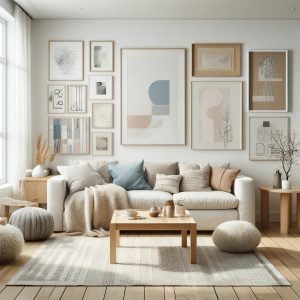Scandinavian interior design is renowned for its simplicity, functionality, and understated elegance. Originating from the Nordic countries—Denmark, Norway, Sweden, Finland, and Iceland—this style emphasizes creating a cozy, yet modern living environment. The focus is on clean lines, natural materials, and a minimalist approach that promotes a sense of peace and tranquility.











